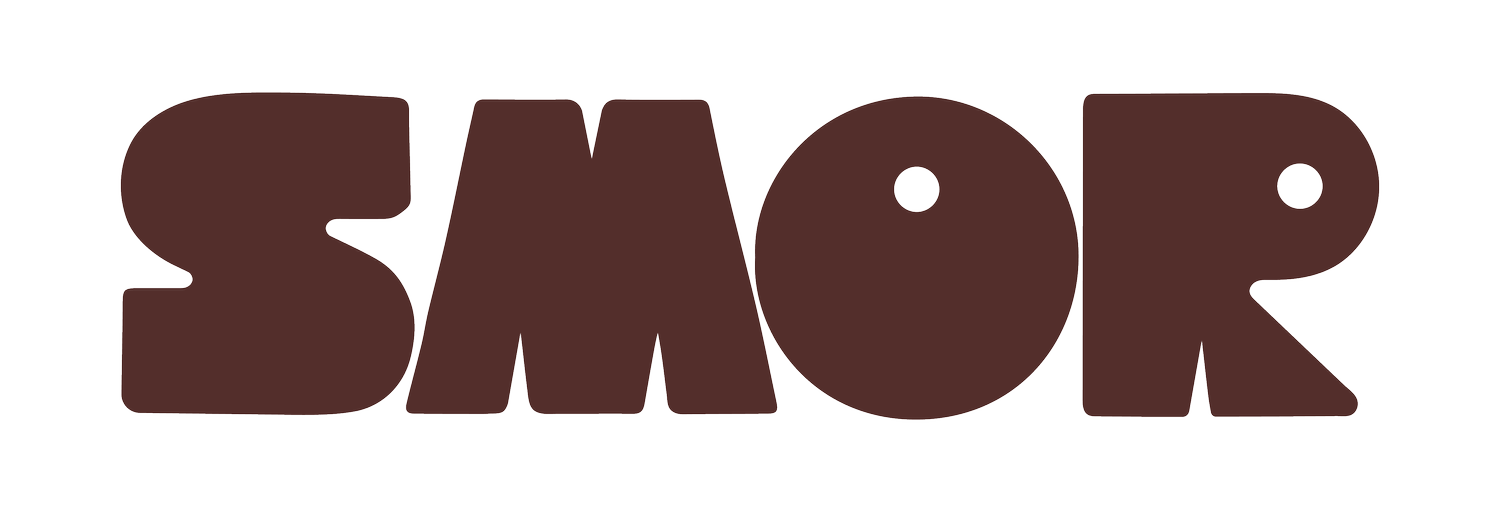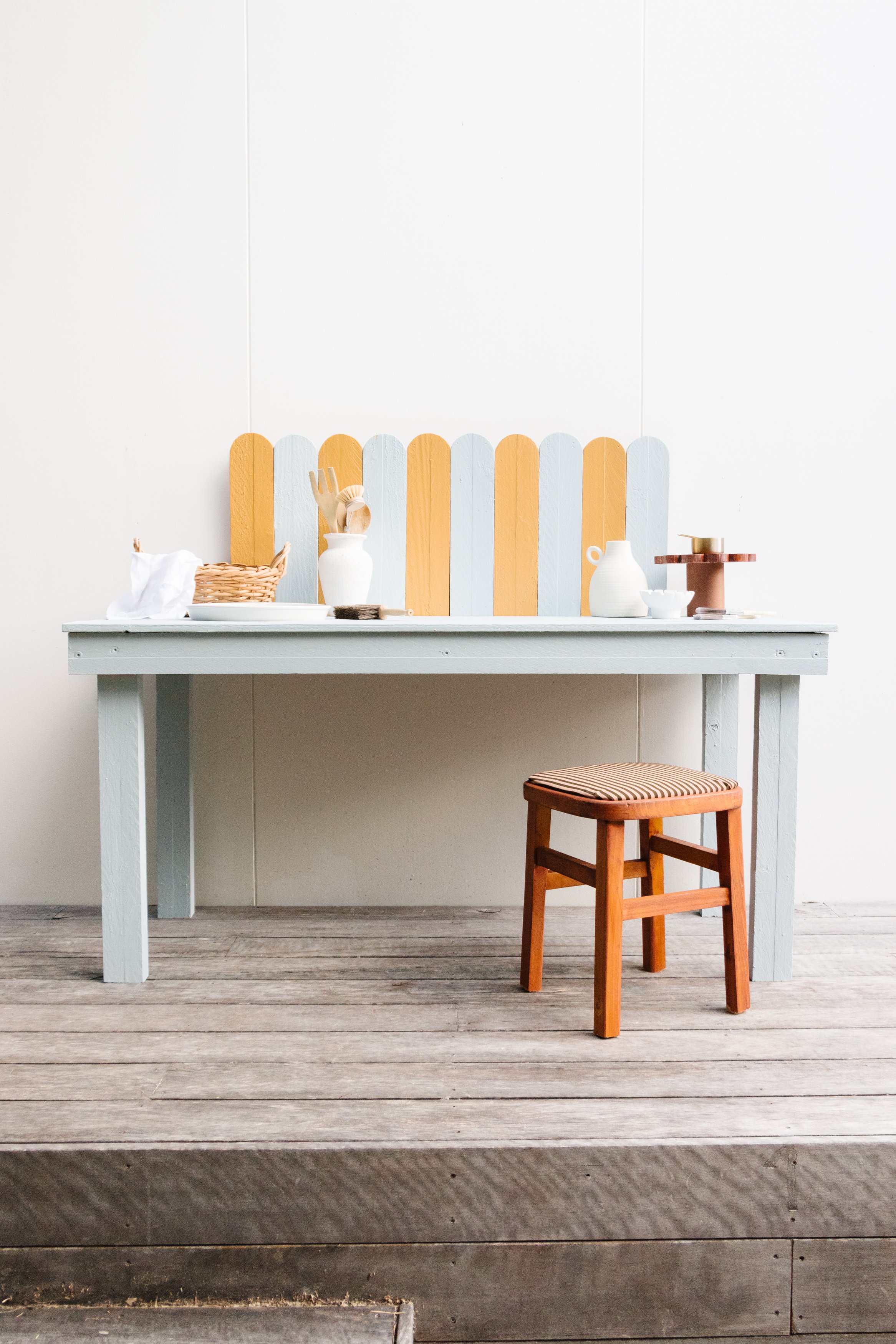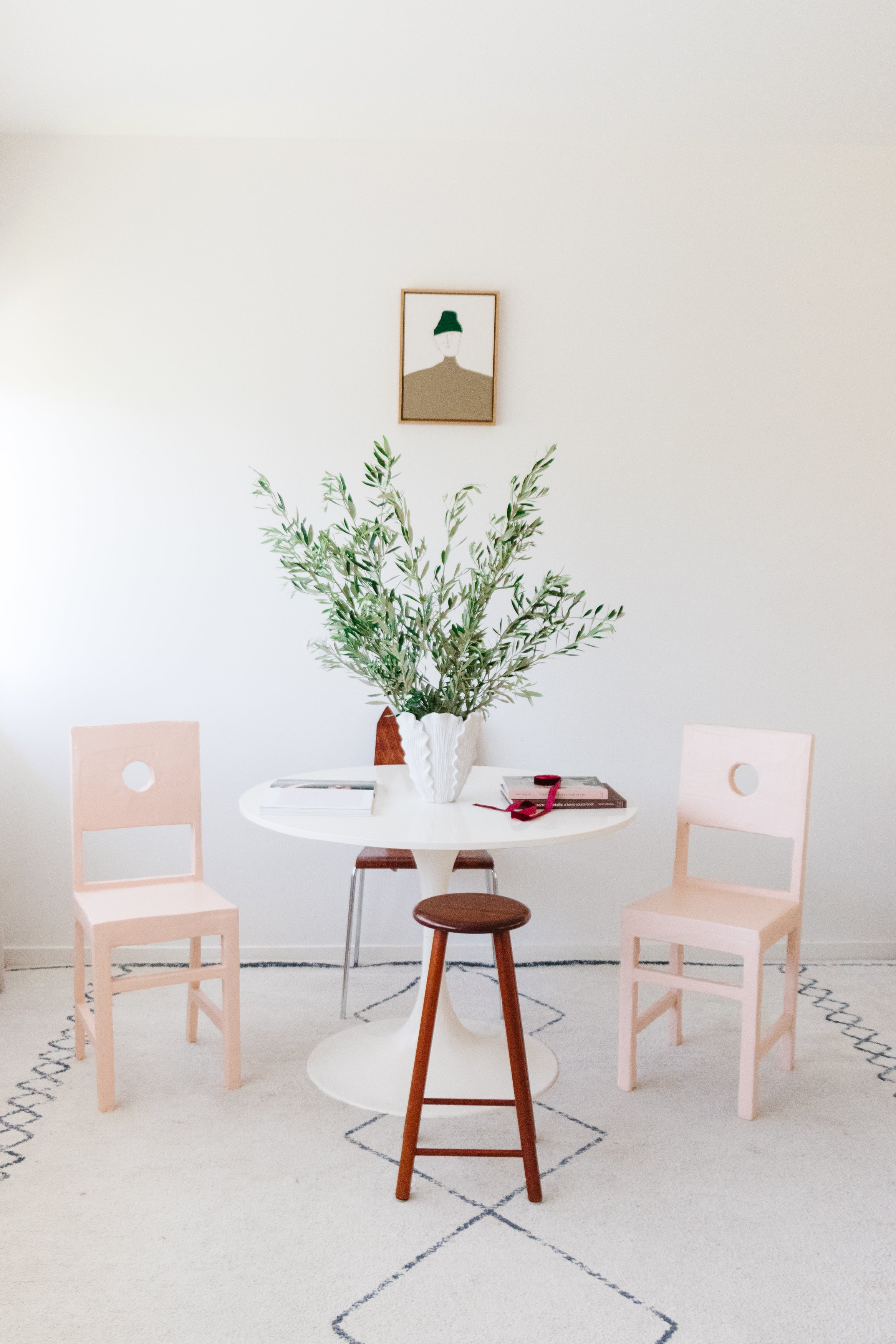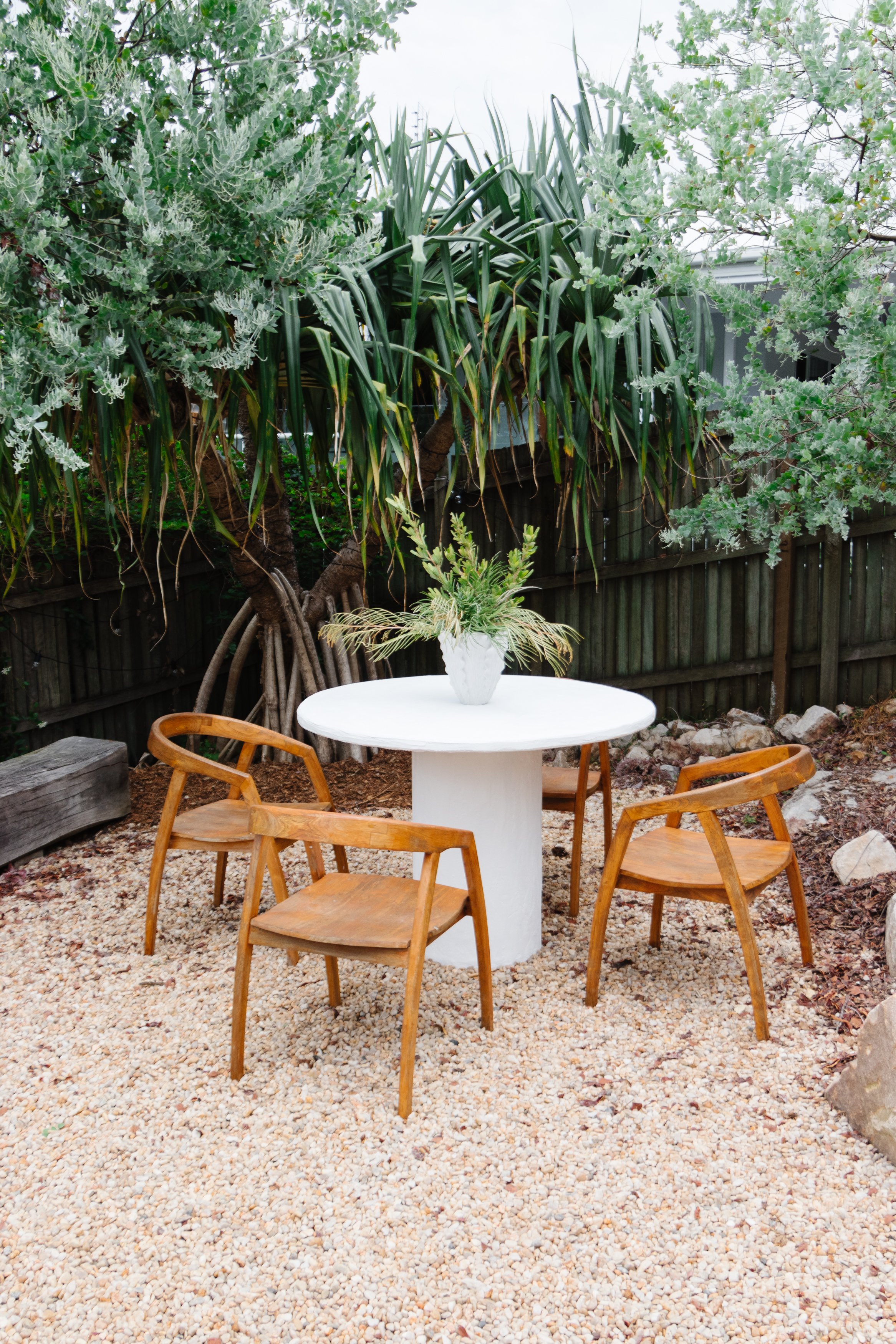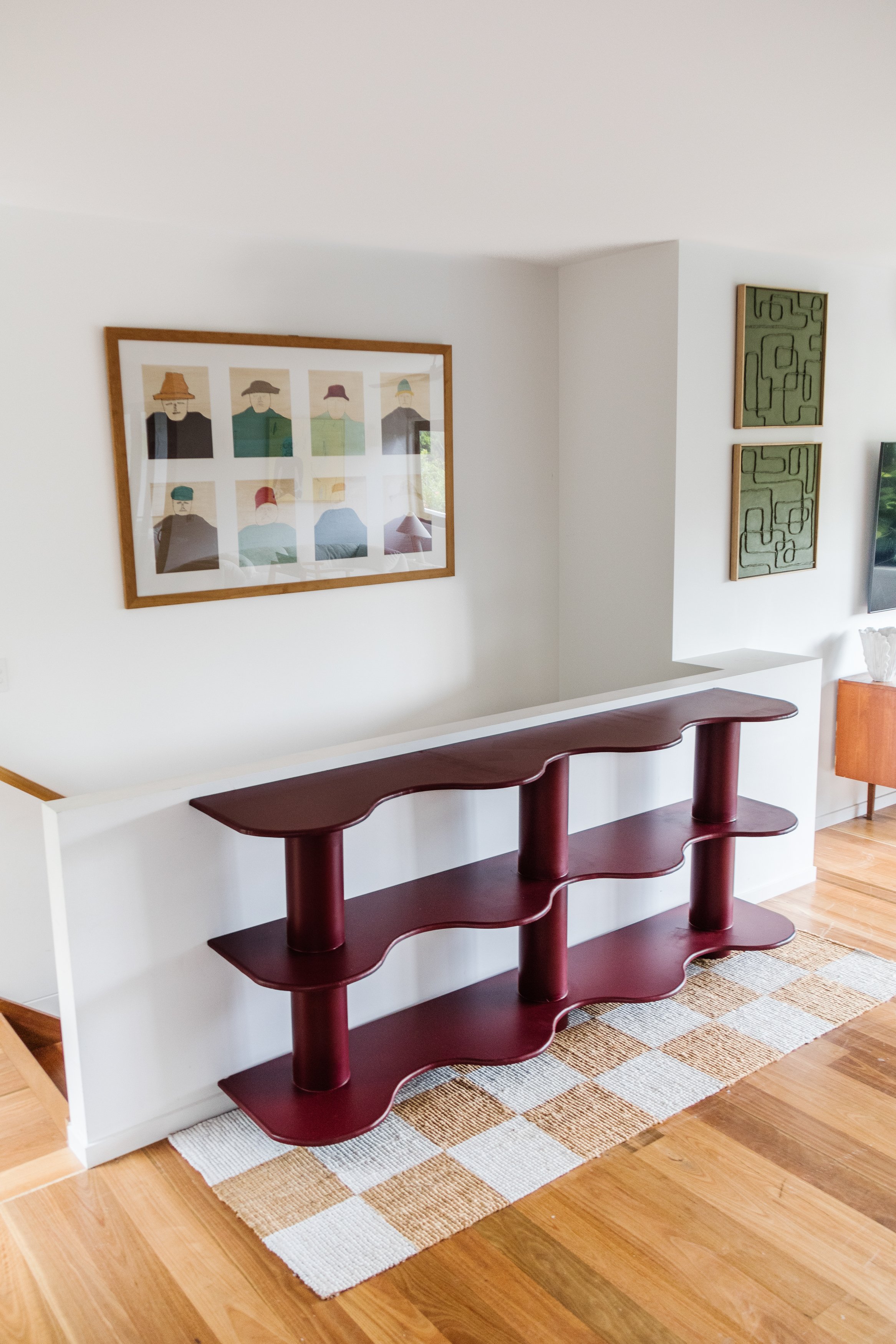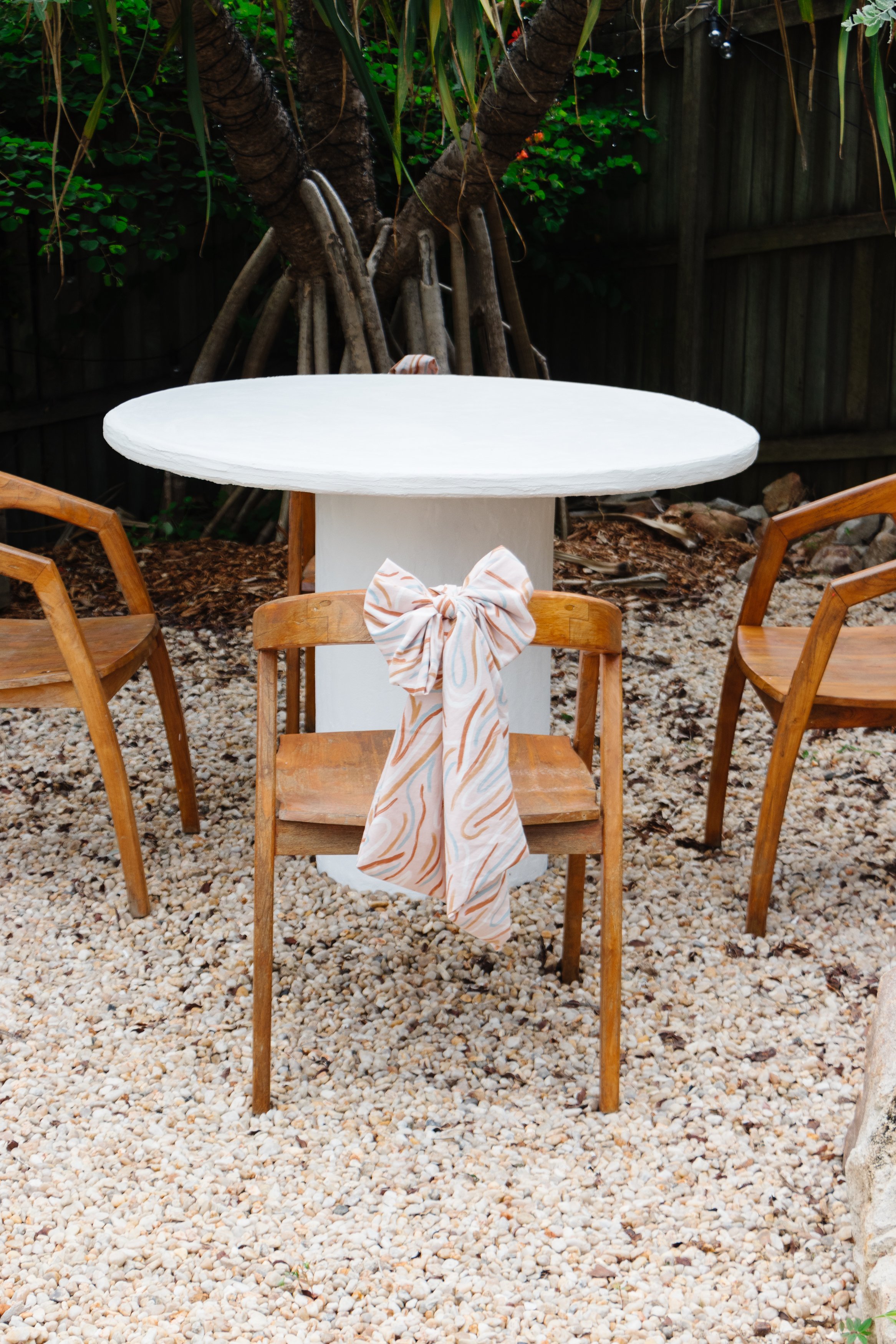How To Use A Jigsaw
One of my goals this year is to encourage you to have the confidence to use power tools. I want you to feel comfortable asking questions about how to hold and use them without feeling intimidated. And I want you to see and learn how you can elevate your home DIYs with just a few essential power tools by your side. That's why I am thrilled to kick off my new Home DIY Series, where I'll be show you what power tools you need, how to use them, where to get them, and what they can do for you.
It seems fitting I start this series with a detailed guide about how to use a jigsaw. I purchased my first jigsaw at the start of 2021 and it revolutionised my DIY and upcycling projects. I've been able to cut MDF, timber, plastic, and metal, and it's been an exciting journey of learning and doing. It also opened up a world of possibilities and without it, I would not have been able to create these projects:
As you can see there are so many beautiful projects you can create with such a versatile tool. However I am very well aware that just the name "jigsaw" is enough to intimidate anyone. But I want you to know that once you give it a try you'll quickly realise how easy they are to use. Promise! And it doesn't hurt knowing they are very affordable. Ok, let's get started.
What is a jigsaw?
A jigsaw is a power tool that is used with a blade to cut materials, including wood, metal, plastic, MDF and other materials. You can choose between a jigsaw with an electrical cord or battery operated (cordless). There are different attachable blades you can use depending on what you're cutting and the finish you'd like. The blade's are narrow and the sharp blade "teeth" are measured in TPI, or teeth per inch. A higher TPI gives a smoother cut that requires less sanding, while a lower TPI gives a rougher finish and the edges will require sanding to neaten them up (only if you want to). Multi-purpose blades are also available but if you are cutting materials like metal, ceramic tile, glass and plastic you will need to buy a specialised blade. If you're unsure, I always find the staff at Bunnings are most helpful!
What is a jigsaw used for?
Jigsaws are used forcutting shapes, circles, straight lines and curves in wood, ceramic tiles, metal, plastic, MDF and other materials with its narrow blade, which is attached to the jigsaw at the front.
Why is it called a jigsaw?
The term jigsaw comes from the special saw called a jigsaw that was used to cut the jigsaw puzzles in the mid 1880's. So cool!
How do I use a jigsaw?
For the home DIY'er, if you understand and learn the basics then that's all you need to worry about. So let's discuss some of those basics.
For the most part, jigsaws are universal meaning they all perform the same up and down motion of the jigsaw blade.
Most jigsaws offer variable speeds, but the entry level ones do not.
To start the jigsaw, you simply rest the plate (also known as the shoe) on top of the material being cut and line the blade at the point you want to start cutting.
Depending on your jigsaw, you either push/pull the start trigger on the jigsaw handle for the blade to start moving up and down. To slow or stop the saw blade, you simply release the trigger. Something worth noting, jigsaws do not have "auto pilot" mode. You are in control of the jigsaw by simply applying pressure onto the trigger.
Some jigsaw models have settings for different cutting actions – straight and orbital. In orbital mode, the blade moves forward during the cutting stroke in addition to the up-and-down movement.
For a straight or curvy cut:
Make sure to firmly clamp the material you want to cut to your work surface. Ensure that you are leaving enough space between your work surface and the jigsaw to make it's cut. I use the table on my back deck as my work surface and I always use clamps to secure the material (such as a piece of wood or MDF) to the table. These are the clamps I use. It is not safe to get someone (or yourself) to hold the material down while you're using the jigsaw. Do not do this.
Ensure you are using the appropriate blade and it's securely fixed to the saw (very easy, promise!)
Either plug the jigsaw's cord into an electoral power source or attach a charged battery.
Gently rest the jigsaw plate on the edge of the material you are cutting and position the blade in line with where you actually want to cut, but don't rest the blade on the material. It's always best to turn it on and then let the blade approach the material.
When you are ready push or pull the trigger. It'll be loud and feel quite shaky to begin with, but you'll get used to it.
Keep the plate firmly on the surface of the material you are cutting; don't feel tempted to raise it. Ease the jigsaw forward to cut the material and keep your thumb on the trigger to keep the jigsaw engaged; if you lift your thumb off the trigger the jigsaw will stop.
Guide the jigsaw along the cutting line and always keep checking that the plate is flat on the materials surface.
Do be mindful that the blades can break so don't push too hard.
When you want to stop cutting, simply release the trigger. Lift the jigsaw to release the blade from the material and place it somewhere safe on your work surface.
How can I use a jigsaw safely?
Anyone without any experience can easily learn how to use a jigsaw successfully, but it is really important to be safe while doing so. Like any power tool, however, it can be dangerous if not used properly. Here are some of my safety tips:
Unplug or remove the battery from the jigsaw when it's not in use.
Jigsaws are powerful so be careful as they can move fast. Always position yourself behind the jigsaw and make sure no one is standing in front of it.
If you have a corded jigsaw, always be mindful of where that cord is when the jigsaw is in operation.
Always clamp the material you want to cut.
Never force or apply unnecessary pressure on the jigsaw while it's cutting. If you feel you need to (lets say for example you are cutting a thick piece of MDF), you may need a more appropriate blade or invest in a better jigsaw.
Always keep the jigsaw plate placed firmly on the surface of the material being cut.
Always wait for the blades to stop moving before lifting the jigsaw up from a cut.
Always wear a dust mask and safety goggles. You don't want to be breathing in any fine particles from the materials you are cutting and you don't want to risk anything flying up and into your eyes.
If you find the jigsaw too loud, use ear protection.
Always keep your hands away from the moving blades.
Do not wear loose clothing (like a loose shirt) or jewellery when operating a jigsaw. I keep my rings on but be mindful of large earrings or long necklaces.
Keep jigsaws and blades away from children.
Anyone who is assisting or watching also needs to be aware of my safety tips.
Where can I find a jigsaw?
You can find a range of jigsaws at your local hardware store, such as Bunnings or Mitre 10. From my personal experience, Bunnings offer a wide selection of jigsaws from entry level jigsaws like this one (which I used to own). If you want to level up and not worry about a cord, this is the Ryobi jigsaw I use and I love it!
